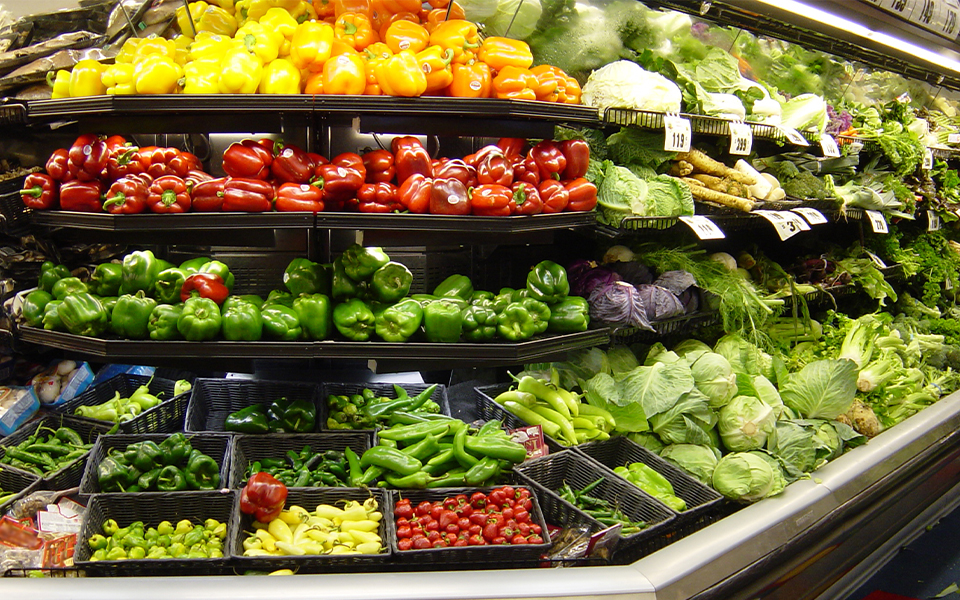*On June 1, 2023 Emerson’s Climate Technologies business became a new standalone company – Copeland. Though our name has changed, we are building on more than a century of HVACR innovation and industry leadership, and Copeland continues to offer the same products, industry stewardship, and learning opportunities you’ve grown to trust. Information found on this webpage posted before June 1, 2023 may contain our old name or branding, but you can be at ease knowing it was created with the knowledge and expertise of Copeland.

Small-format retail and foodservice markets are making significant changes in their refrigeration architectures. President Obama-era regulations, environmental initiatives by industry organizations, and the desire to adhere to corporate sustainability objectives are driving these sectors away from hydrofluorocarbon (HFC) refrigerants and toward natural alternatives. Natural refrigerants propane (or R-290) and CO2 (or R-744) are emerging as environmentally friendly, energy-efficient options to help operators achieve their short- and long-term refrigeration objectives.
The broad spectrum of applications in these markets is making this transition especially complex. Whether you operate a small grocery, convenience store or restaurant, you’ll find a dizzying variety of equipment and system architectures, each with unique new refrigerant requirements. Making sense of it all is not easy, but many owner/operators are tasked with selecting refrigeration platforms that will serve as the future of their refrigeration strategies. It’s no surprise then that R-290 and CO2 play an increasingly vital role in these markets.
As it stands today, there are numerous regulatory deadlines from both the Environmental Protection Agency (EPA) and the Department of Energy (DOE) that will take place in the next several years. The EPA has set a phase-out schedule for the use of HFC refrigerants with a high global warming potential (GWP), while the DOE has established new energy consumption guidelines for specific classes of refrigeration equipment. Unfortunately, compliance dates from each agency aren’t necessarily in sync.
While recent actions from the Trump administration suggest that deregulation measures may yet be on the horizon, the specific extent of these revisions is still largely unknown. Even so, the industry has made tremendous progress in recent years developing new equipment that utilizes natural refrigerants with lower GWP; these efforts will continue, regardless of the regulatory decisions of the current administration.
For a little perspective on why there is so much uncertainty and confusion in the small-format sectors, consider all the equipment classes affected by current regulations:
-
- Supermarket systems (racks)
- Walk-in coolers and freezers (remote condensing units)
- Stand-alone coolers (<2,200 BTU)
- Stand-alone coolers (>2,200 BTU)
- Stand-alone freezers
- Ice machines
- Dispensing units
It’s important to note that the EPA has listed R-290 acceptable for use in new stand-alone units and ice machines, while R-744 is allowable in each of the above classes. R-290 has a GWP of 3; R-744 has a GWP of 1. And while other synthetic refrigerant options are available, currently none of these alternatives can deliver ultra-low GWP levels below 150 GWP, which is considered the hypothetical threshold for exemption from future regulatory action.
R-290 has proved a viable replacement to R-404A and HFC-134a, delivering well-documented performance efficiencies and superior thermodynamic properties, without compromising capacity. Caveats for R-290 use come down to its flammability (class A3), serviceability concerns and charge limit of 150g. Because CO2 has a high operating pressure (around 1,300 psig or 90 bar) and low critical point, refrigeration strategies must be designed to account for its unique characteristics.
Read the full Accelerate America article on small-format refrigeration applications [pg.18].

Facility Health Score Insights Program Transforms Enterprise Maintenance
Leveraging refrigeration performance data drives food retail cost reductions. Maintaining proper...

Electrical component considerations for A2L system safety
Electrical component considerations for A2L system safety As a new refrigerant category in the...

A2L refrigerant regulation updates: what you need to know today
Preparing for the approval and safe use of A2Ls in commercial refrigeration applications The move...
